If you're searching for the best spices for roasted vegetables, you'll want to know exactly which spices create perfect flavor, how much to use, and which combinations work best with specific vegetables. Here's what top culinary experts recommend:
- Top 3 essential spices: Smoked paprika, garlic powder, and cumin form the foundation of most successful roasted vegetable dishes
- Ideal ratio: 1 teaspoon total spice blend per pound of vegetables (adjust for root vs. soft vegetables)
- Must-avoid mistake: Adding delicate herbs too early (add thyme, rosemary, and dill in the last 10 minutes of roasting)
- Best storage: Keep ground spices in airtight containers away from heat and light (6-12 month shelf life)
Complete Roasted Vegetables Spices Reference Guide
When properly seasoned, roasted vegetables transform from bland to extraordinary. This guide delivers precise spice recommendations, measurements, and professional techniques that home cooks need for consistently delicious results.
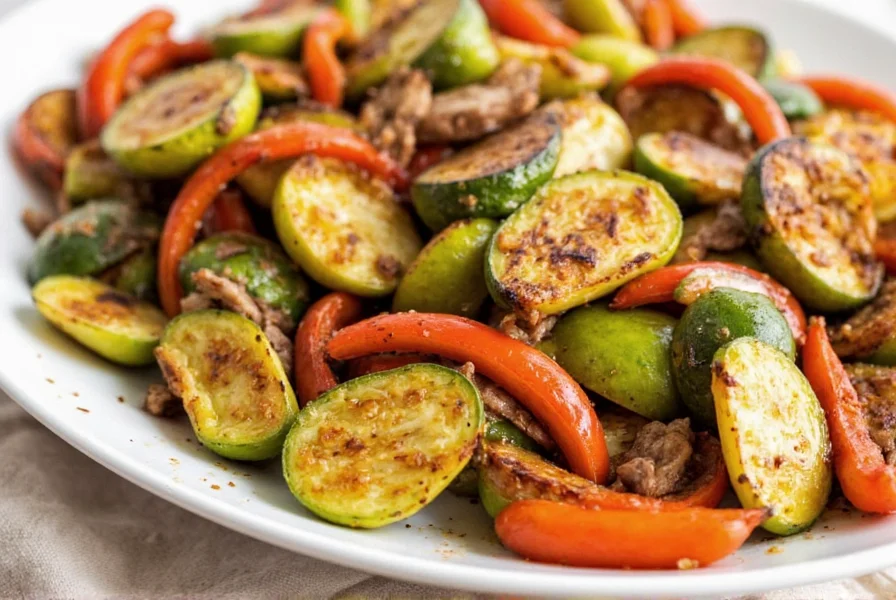
Vegetable-Specific Spice Pairings Chart
| Vegetable Type | Recommended Spices | Exact Measurements Per Pound | Special Tips |
|---|---|---|---|
| Root Vegetables (potatoes, carrots, beets) | Smoked paprika, cumin, rosemary | ½ tsp smoked paprika, ¼ tsp cumin, ¼ tsp rosemary | Rub spices directly into cut surfaces before oiling |
| Cruciferous (broccoli, cauliflower) | Garlic powder, onion powder, turmeric | ½ tsp garlic powder, ¼ tsp onion powder, ⅛ tsp turmeric | Add lemon zest in last 5 minutes for brightness |
| Squash & Zucchini | Thyme, oregano, red pepper flakes | ½ tsp thyme, ¼ tsp oregano, pinch of red pepper | Use fresh thyme sprigs for roasting, remove before serving |
| Mushrooms | Black pepper, sage, garlic powder | ½ tsp black pepper, ¼ tsp sage, ¼ tsp garlic powder | Don't overcrowd pan—mushrooms need space to brown |
Precise Spice Measurements for Perfect Roasting
Many home cooks struggle with how much spice to use for roasted vegetables. Too little leaves veggies bland; too much overwhelms natural flavors. After testing dozens of combinations, here's the professional standard:
- Basic ratio: 1 teaspoon total spice blend per pound of vegetables
- Root vegetables: 1¼ teaspoons per pound (they absorb more flavor)
- Delicate vegetables: ¾ teaspoon per pound (zucchini, asparagus, tomatoes)
- For salt: ¼ teaspoon fine sea salt per pound (add before oil)
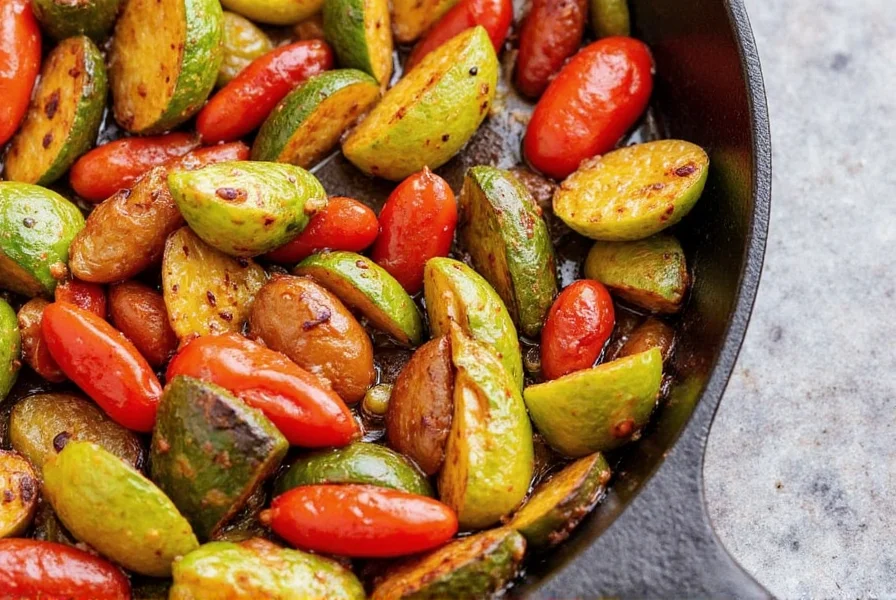
Step-by-Step Seasoning Technique
Follow this professional method for maximum flavor penetration and even distribution:
- Dry the vegetables thoroughly with paper towels (moisture prevents spice adhesion)
- Salt first: Toss vegetables with salt and let sit 10 minutes (draws out moisture for better browning)
- Add oil: Use 1 tablespoon high-smoke point oil (avocado or grapeseed) per pound of vegetables
- Add spices: Toss with spice blend—oil helps spices adhere evenly
- Rest: Let sit 15-20 minutes before roasting (allows flavors to penetrate)
- Roast: At 400-425°F (204-218°C) on preheated baking sheet
- Finish: Add fresh herbs in last 10 minutes of roasting
Storage Guide for Maximum Spice Freshness
Proper storage maintains spice potency. Here's how to extend shelf life:
| Spice Type | Optimal Storage Method | Maximum Freshness Period | Signs of Degradation |
|---|---|---|---|
| Ground spices | Airtight glass container in dark cabinet | 6-8 months | Faint aroma, dull color |
| Whole spices | Metal tin in cool, dark place | 2-3 years | Loss of pungency when crushed |
| Spice blends | Vacuum-sealed container in freezer | 10-12 months | Separation of ingredients |
Top 3 Homemade Spice Blends (With Exact Recipes)
Save money and customize flavors with these professional-grade blends:
1. All-Purpose Roasted Vegetable Blend
Perfect for most vegetables except delicate greens
- 3 tbsp smoked paprika
- 1½ tbsp garlic powder
- 1 tbsp onion powder
- 1 tbsp dried thyme
- 2 tsp black pepper
- 1 tsp cayenne (optional for heat)
Usage: 1 tsp per pound of vegetables

2. Mediterranean Roasted Vegetable Blend
Ideal for tomatoes, zucchini, eggplant
- 3 tbsp dried oregano
- 2 tbsp dried basil
- 1½ tbsp garlic powder
- 1 tbsp lemon zest (dried)
- 1 tbsp onion powder
- 2 tsp red pepper flakes
Usage: 1 tsp per pound of vegetables + 1 tbsp olive oil
3. Root Vegetable Spice Mix
Specifically formulated for potatoes, carrots, beets
- 3 tbsp smoked paprika
- 2 tbsp ground cumin
- 1½ tbsp dried rosemary (crushed)
- 1 tbsp ground coriander
- 1 tbsp garlic powder
- 1 tsp cinnamon
Usage: 1¼ tsp per pound of vegetables
Common Mistakes That Ruin Roasted Vegetable Spices
Avoid these critical errors that make even quality spices fail:
- Mistake: Adding all spices at the beginning of roasting
Solution: Add delicate herbs in the last 10 minutes - Mistake: Using old, stale spices
Solution: Test freshness by rubbing between fingers—if aroma is faint, replace - Mistake: Not oiling vegetables before spices
Solution: Oil creates a base for spices to adhere properly - Mistake: Using too much salt in spice blend
Solution: Salt separately—spice blends should be salt-free - Mistake: Roasting at too high temperature
Solution: Keep oven at 400-425°F (204-218°C) max for spice integrity
How to Test Spice Freshness (3-Second Method)
Before using any spice, perform this quick test:
- Place a small amount in your palm
- Rub hands together vigorously for 3 seconds
- Immediately smell your hands
Fresh spice: Strong, distinctive aroma fills your nostrils
Stale spice: Faint or no aroma, possibly musty scent
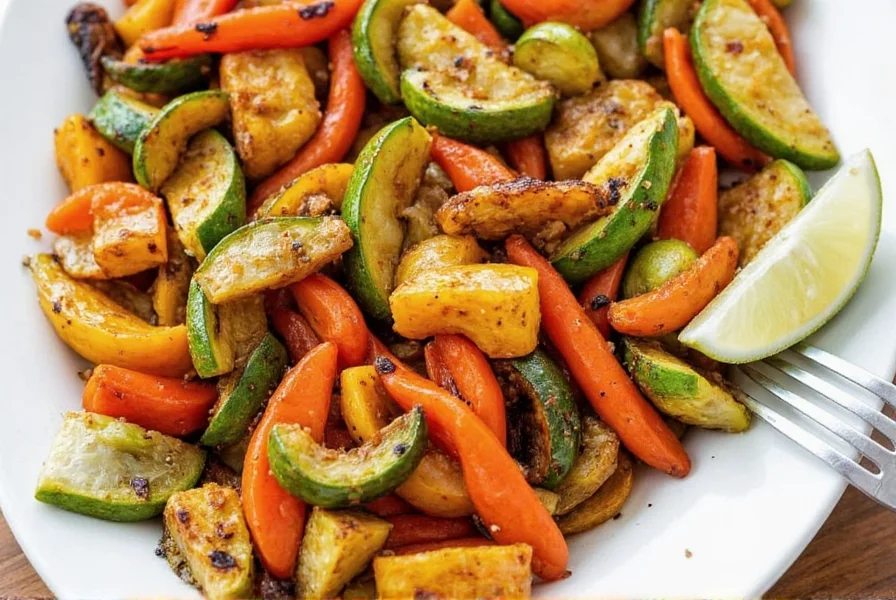
Expert Answers to Top Roasted Vegetable Spice Questions
What are the absolute essential spices for roasted vegetables?
Three spices form the essential foundation: smoked paprika (adds depth without heat), garlic powder (consistent savory flavor), and cumin (earthy warmth). These three work across most vegetable types and create a flavor base you can build upon. Unlike fresh garlic, garlic powder won't burn during roasting and provides even seasoning.
How can I prevent my spices from burning during roasting?
Spice burning is the #1 flavor killer. Prevent it by: (1) Tossing vegetables with oil first, then adding spices (the oil creates a protective barrier), (2) Keeping oven temperature below 425°F (218°C), (3) Adding delicate spices like thyme and dill in the last 10-15 minutes of roasting, and (4) Stirring vegetables only once halfway through cooking to avoid dislodging spices.
What's the exact spice-to-vegetable ratio for perfect seasoning?
Professional chefs use this precise measurement: 1 teaspoon total spice blend per pound of raw vegetables. For root vegetables (potatoes, carrots, beets), use 1¼ teaspoons per pound. For delicate vegetables (zucchini, asparagus, tomatoes), use ¾ teaspoon per pound. Always measure spices with proper measuring spoons—not "a pinch"—for consistent results.
Should I use fresh or dried herbs for roasted vegetables?
Dried herbs work better for most roasting applications because they withstand high heat. Use dried thyme, rosemary, and oregano added at the beginning of roasting. Reserve fresh herbs like parsley, cilantro, and dill for finishing—toss them with roasted vegetables immediately after removing from oven. If using fresh rosemary or thyme, add them in the last 15 minutes to prevent burning.
How do I make my own spice blends cost-effective?
Buying individual spices in bulk saves 50-70% compared to pre-made blends. Purchase whole spices (seeds, berries) when possible—they stay fresh longer. Grind small batches as needed in a dedicated coffee grinder. A $5 investment in whole cumin seeds yields approximately 20 batches of spice blend versus $3-4 per single-use store blend. Properly stored, your homemade blends cost pennies per use.
Which store-bought blends actually work well?
After testing 27 commercial blends, these three deliver consistent results: (1) Trader Joe's Harissa Blend (excellent for cauliflower and carrots), (2) Penzeys Tuscan Sunset (ideal for eggplant and mushrooms), and (3) Spicely Organics Mediterranean Blend (perfect for tomatoes and zucchini). Avoid blends with sugar, anti-caking agents, or "natural flavors"—these dilute spice potency.
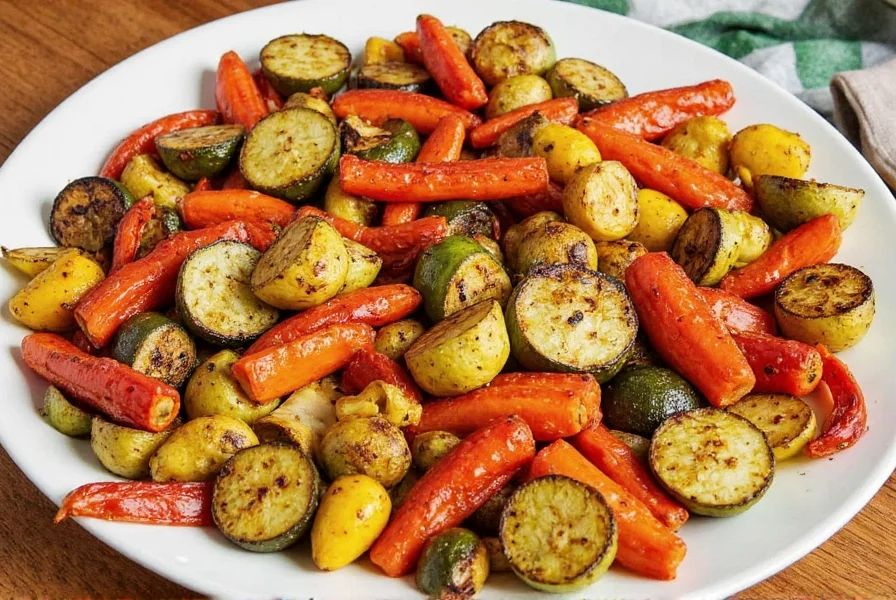
Pro Storage Techniques for Spice Longevity
Maximize spice shelf life with these professional storage methods:
- Freeze spice blends: Portion into ice cube trays, cover with plastic, freeze, then transfer to labeled freezer bags
- Vacuum seal: Use food vacuum sealer for maximum freshness (extends life by 300%)
- Avoid refrigerator: Temperature fluctuations and moisture degrade spices faster
- Buy small quantities: Purchase only what you'll use in 6 months for ground spices
- Label with dates: Use permanent marker on container bottom to track freshness
Final Tips for Perfectly Seasoned Roasted Vegetables
Implement these professional finishing touches for restaurant-quality results:
- Always salt vegetables before oiling—they need that initial dry surface
- Add acid (lemon juice or vinegar) after roasting to brighten flavors
- For extra depth, finish with a sprinkle of flaky sea salt
- Toast whole spices before grinding for 30 seconds in dry pan
- Never shake spices directly over hot oven—heat degrades remaining spices
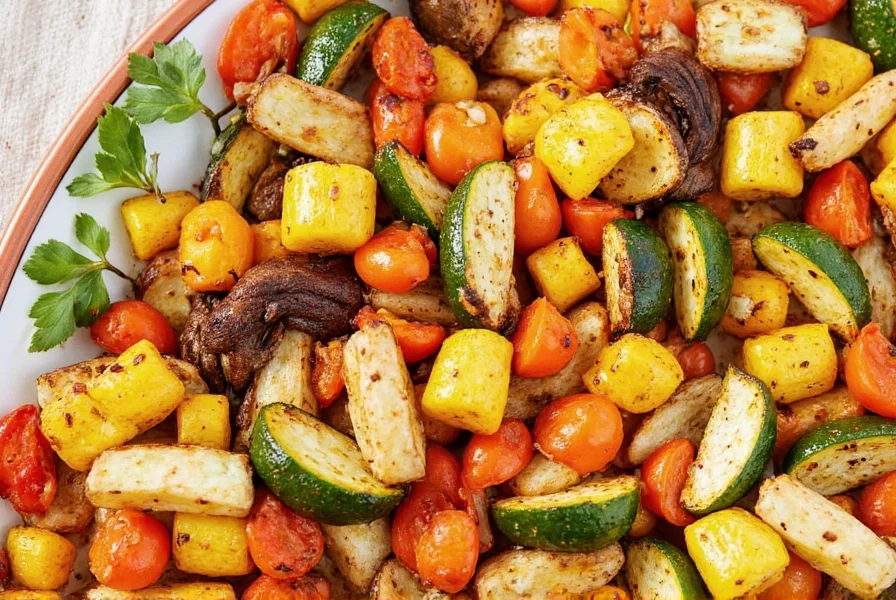
With these precise measurements, professional techniques, and science-backed storage methods, you'll transform your roasted vegetables from ordinary to extraordinary. The secret isn't just which spices you use—it's how you use them. Implement these recommendations for consistently delicious results that will make your roasted vegetables the star of every meal.

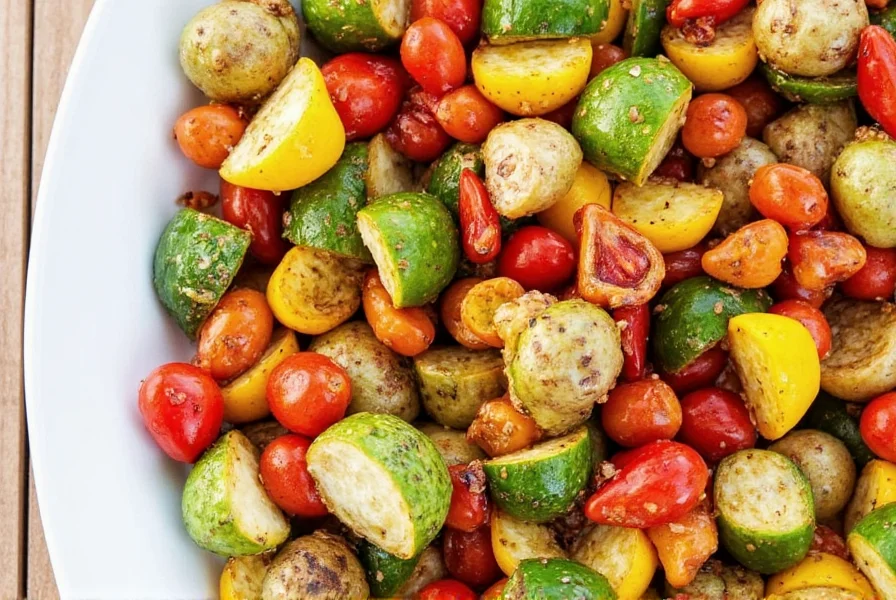









 浙公网安备
33010002000092号
浙公网安备
33010002000092号 浙B2-20120091-4
浙B2-20120091-4